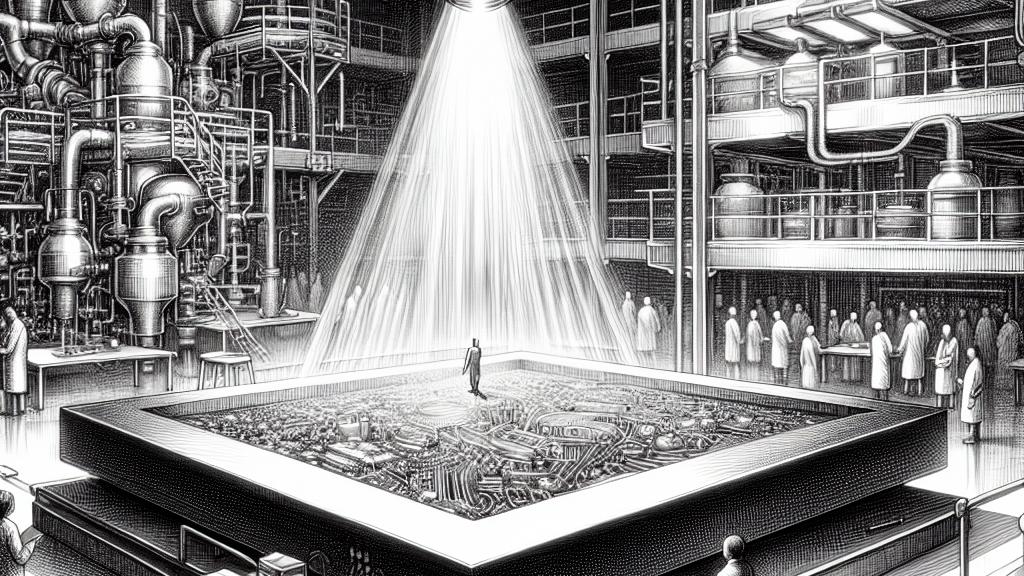Innovative Material Transitions from Silver to Gold Under UV Light
Overview
- Chiba University researchers unveil a groundbreaking diacetylene derivative that dramatically shifts color from silver to gold under the influence of ultraviolet (UV) light.
- This extraordinary material promises to revolutionize fields ranging from cosmetics to cutting-edge printing technologies, allowing for creative expression like never before.
- Importantly, by eliminating expensive metal components, this innovation advances sustainable practices, paving the way for an eco-friendly future.

A Pioneering Breakthrough in Japan
Deep within the innovative halls of Chiba University in Japan, a remarkable discovery is taking shape. Under the guidance of Professor Michinari Kohri, a dedicated team has successfully engineered a diacetylene derivative that showcases an enchanting transformation—it transitions from a shiny silver to a lustrous gold when exposed to UV light! Imagine a piece of jewelry that changes its hue under sunlight or unique packaging that draws the eye with its shimmering appeal. For centuries, gold and silver have held status as the most coveted precious metals; however, their high costs often restrict their use. This groundbreaking material not only provides a more economical alternative but also democratizes luxury, making alluring metallic finishes accessible to a wider audience.
Exploring the Science Behind the Transformation
So, what catalyzes this captivating color transformation? The answer lies in the cleverly structured diacetylene derivative, known as DS-DAn. The 'n' here refers to the length of the carbon chain linking the molecules. By varying this chain length, researchers can manipulate the material's luster and color change properties. Particularly eye-catching is the DS-DA1 variant, which has the shortest carbon chain, exhibiting a remarkable shift from silver to gold upon UV exposure. This dynamism is precisely attributed to its intricate crystal arrangement, which supports a unique polymerization process. Envision targeting specific areas to showcase distinct colors—this evolving capability stands to transform multiple industries, enhancing everything from cosmetics to high-end textiles and decorative arts.
Sustainability Meets Artistic Innovation
What further elevates this research is its commitment to sustainability. By moving away from reliance on traditional metals, this innovative diacetylene material results in beautiful, lightweight designs with a significantly lower environmental impact. Picture a future where UV laser lithography can create artwork without the burdens typically associated with metal components. This not only enhances creativity but also aligns with eco-conscious practices. Furthermore, the wide array of colors that researchers anticipate—from rich reds to vibrant blues—means options are endless. Artists, designers, and everyday consumers alike can harness this technology to explore their imaginations fully. Ultimately, this pioneering work heralds a bright future for materials science by harmonizing beauty, innovation, and environmental responsibility.

Loading...